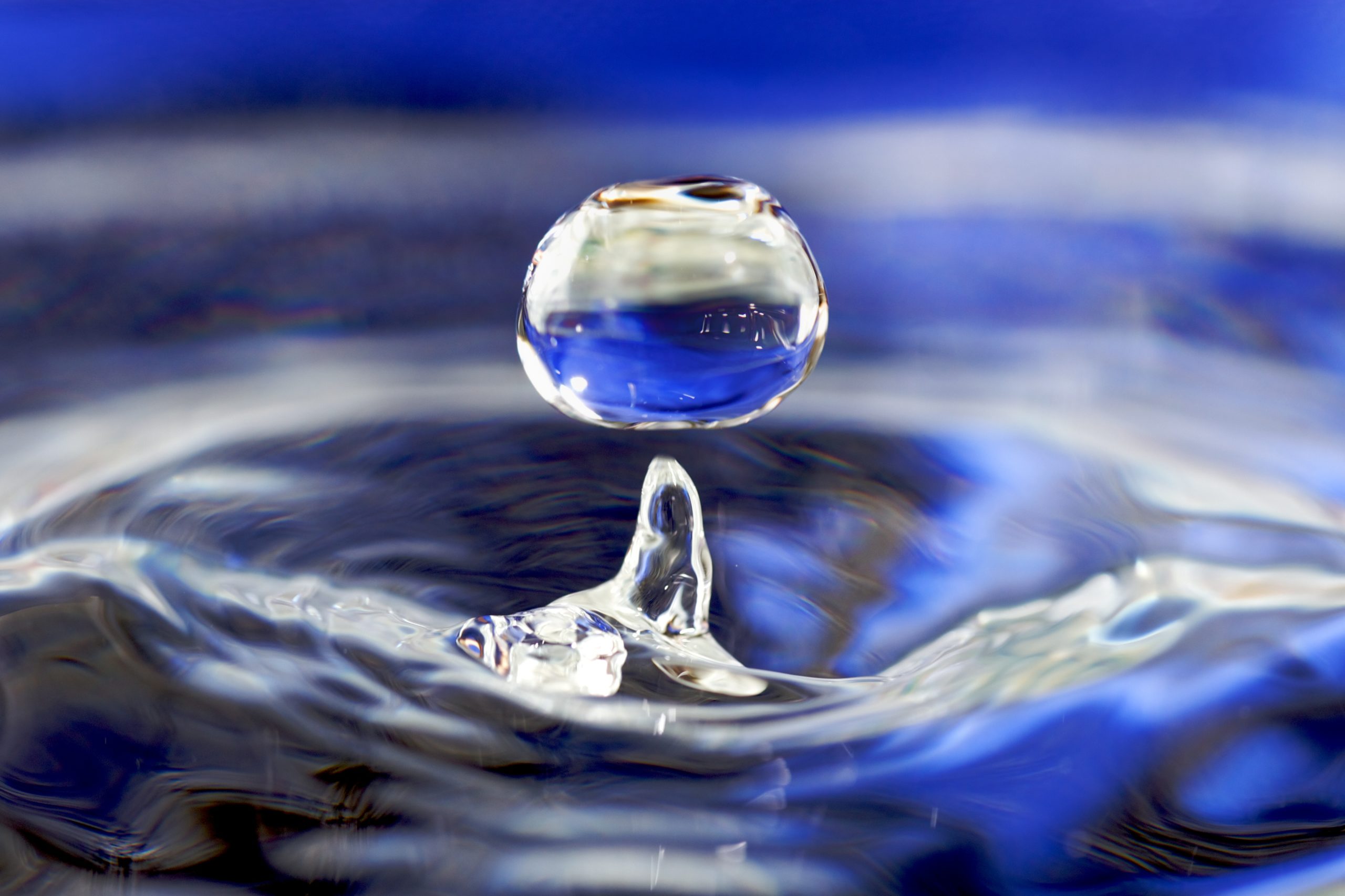
Water is one of the most incredible substances on Earth. It’s essential to life on our planet in many ways, from regulating Earth’s temperature to making up two-thirds of the human body. Covering around 70% of the Earth’s surface, water is literally everywhere!
Here are five awesome water facts you can use to surprise your curious kiddos during bath time, around the dinner table, or between runs through the sprinkler this summer.
1. Almost 70% of Earth’s fresh water is stored in glaciers.
Glacial ice covers 10 percent of Earth’s land area. Most of the fresh water on Earth is stored in these glaciers, which is a good thing because if all the land ice melted at once, sea levels would rise almost 230 feet.
2. Jellyfish are 95% water.
Jellyfish are simple and astonishing creatures. The don’t have a brain, blood, or even hearts. The other 5% includes a nervous and digestive system, which allows them to feed and respond to stimuli such as light.
3. Scientists believe comets and asteroids may be responsible for Earth’s water.
Scientists believe that comets and asteroids delivered vast amounts of water to our planet during the early days of Earth’s formation. Because comets and asteroids can contain ice, they left ice (along with other elements) when they hit the Earth. Some scientists imagine comets and asteroids so huge that they carried enough ice to fill an ocean once thawed!
4. A typical bath uses up to 70 gallons of water.
The US Environmental Protection Agency estimates that a typical bath uses up to 70 gallons of water, while the typical shower uses between 10 and 25 gallons of water. 70 gallons is enough water to keep an adult hydrated for 140 days!
5. Water is the only natural substance found in liquid, solid, and gas forms at Earth’s typical surface temperatures.
Temperatures on Earth’s surface range widely, from well below freezing up to above 130 degrees Fahrenheit. These temperature differences are enough for water to change its physical form, from ice (solid) to water (liquid) to steam (gas).

